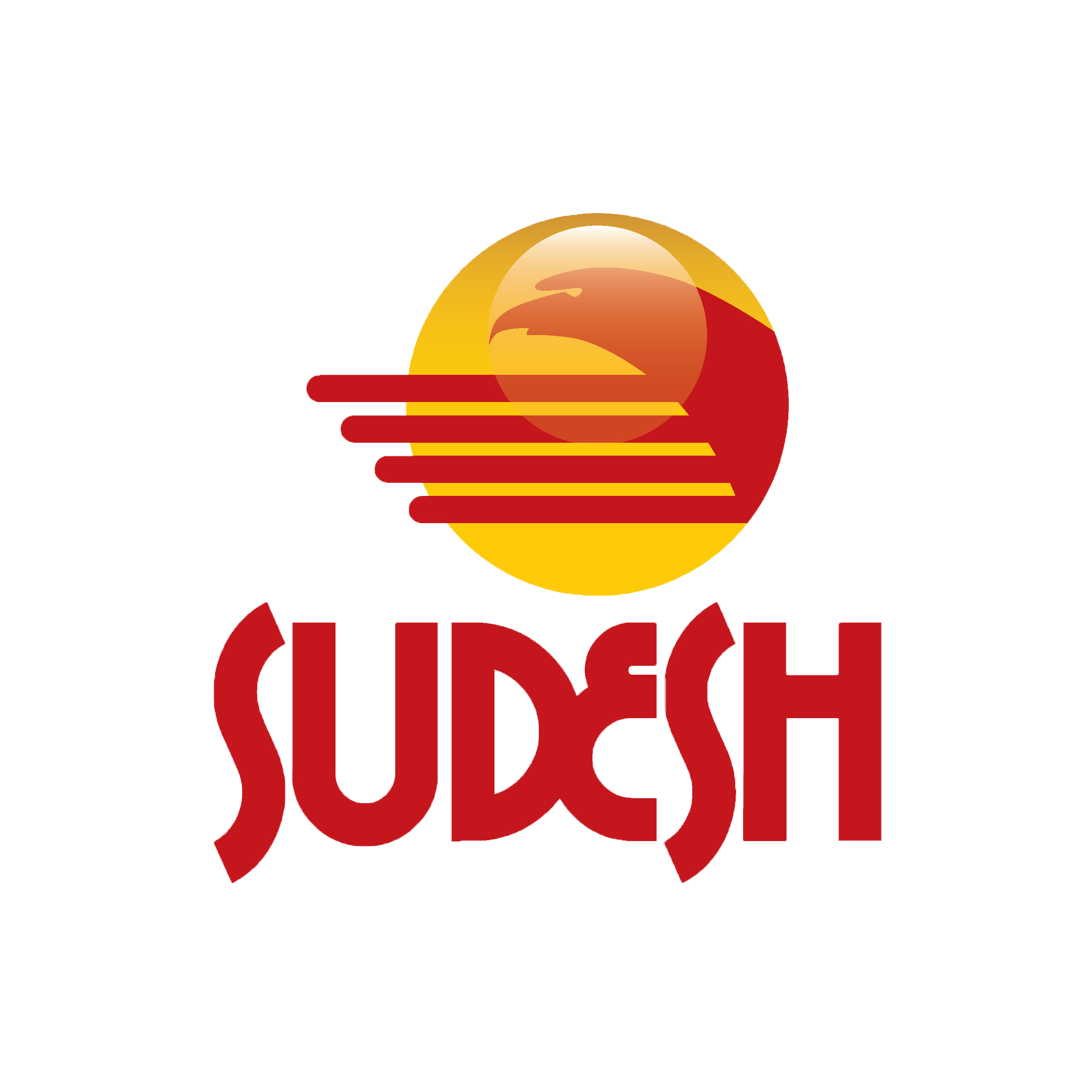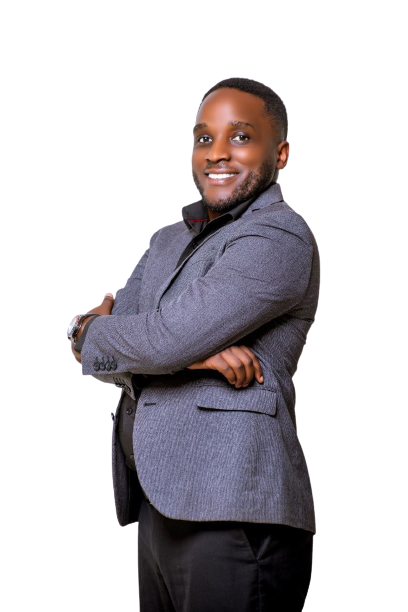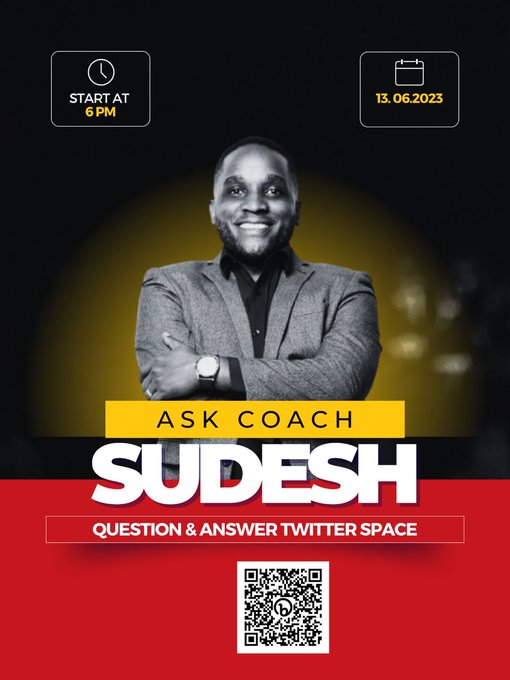Ever felt like you’re stuck in a classic Catch-22? You need more time, more cash, more people. You’re thinking, “If I just had more, I could build killer features, grab more customers!” But then reality hits: no cash, no new hires, just you drowning in a to-do list with zero time. It’s a real vibe killer.
But what if those “limiting constraints” aren’t roadblocks? What if they’re your secret weapon?
I heard a story of how one company turned its limiting constraint into a competitive advantage that transformed them from the verge of bankruptcy to the most profitable company in their industry. This story not only changed my perspective on constraints but also the trajectory of my startup over a decade ago, and the business model, and it’s something I recommend to every startup or company constrained with resources.
It’s 1971. You’re the president of Southwest Airlines. You just won this epic, four-year David vs. Goliath fight against bigger airlines. You finally get to fly! But the win came with a huge cost: your bank account has only $143 left. That’s barely enough to pay one employee for a day, let alone get a plane off the ground. Dead serious.
Most companies hit a wall like this do one of two things:
They fold. They accept defeat, downsize, maybe even file for bankruptcy. For an airline? Game over. They brute force it. They frantically chase more investors, pile on more debt, just trying to stay afloat. Southwest could’ve easily picked either. They could’ve shrunk, cut routes, or desperately tried to fundraise. Instead, they swerved. They chose a completely different path: they leveraged their constraint.
They sold one of their four planes. Yeah, you read that right. Sold a plane to extend their runway for existing operations. Most would see that as a total Loss. But Southwest asked a different question: “How do we keep our current routes with three planes instead of four, without buying another plane?”
The Propelling Question
This question is pure genius. It slams a bold ambition right up against a crushing limitation. It forces you to think outside the box, hard. Bill Franklin, their VP of Terminal Operations. He started looking at everything differently. He noticed planes were idling at gates for about an hour between flights. Every minute a plane sat there, it was bleeding money and time.
Gate turnaround time was their bottleneck. He crunched the numbers: if they could shrink that 60-minute turnaround to just 10 minutes, they could fly all their existing routes with one less plane.
The 10-Minute Turnaround
But how do you slash turnaround time by 83%? They started timing and measuring literally everything. It was all hands on deck. Over 100 tasks need to happen before a plane leaves the gate. One tiny hiccup could derail the whole thing.
They pinpointed passengers boarding as a major time-killer. People shuffled, searched for seats, climbed over each other, and fought for overhead bins. Chaos.
So, Southwest did something super radical for the time: they ditched assigned seating. Passengers just hopped on and sat wherever. The result? They nailed that 10-minute turnaround. All routes kept, one less airplane. Boom.
Leaning Into the Constraints
But here’s where it gets even wilder. They didn’t just high-five and move on. Southwest realized they’d stumbled onto something huge: leveraging constraints created competitive advantages.
So, they did the counterintuitive: they leaned further into their limitations.
While rivals flew diverse fleets for different routes, Southwest stuck to only Boeing 737s. Why? Diverse fleets are complex. Different maintenance, different pilot training, different parts. A single type of plane meant mechanics became experts, pilots could fly any plane, and parts inventory shrank dramatically. Efficiency on steroids.
They didn’t stop there.
Competitors offered multiple cabin classes; Southwest had only economy. Rivals served full meals; Southwest offered just peanuts and snacks. Others built complex hub-and-spoke networks; Southwest flew short, point-to-point routes only. Every new constraint made them even more efficient. No meals meant faster turnarounds. Point-to-point routes killed connection delays and baggage transfers.
Instead of apologizing for these “limitations,” Southwest owned them. They spun them into their brand: “We are the only short-haul, low-fare, high-frequency, point-to-point carrier in the United States.” They didn’t apologize for their constraints; they celebrated them as features. And it worked. These constraint-driven moves catapulted them from near-bankruptcy to one of the most profitable airlines ever.
Your Propelling Question
If Southwest’s story is making your brain buzz about your own startup’s challenges, here’s a systematic way to start. Ask yourself a “propelling question,” just like Southwest did:
“How do I achieve my goal without acquiring more of a specific limiting resource?”
This question forces next-level thinking. It kills the easy answers (like lowering your goals or just getting more money). Instead, it pushes you to innovate through your constraints.








